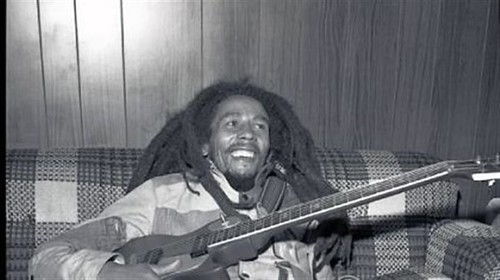Norway and Sweden sign the Karlstad Treaty, peacefully dissolving the Union between the two countries.
The dissolution of the union between Norway and Sweden occurred in 1905 and is often referred to as the “Norwegian dissolution of union” or “Norwegian independence.” It marked the end of the political union that had existed between Norway and Sweden since 1814.
Union Background:
The union between Norway and Sweden began in 1814, following the Napoleonic Wars and the Congress of Vienna. Norway was transferred from Danish to Swedish control as part of a larger European settlement.
The union was, in many ways, unequal, with Sweden holding more political power and influence over Norway.
Growing Norwegian Dissatisfaction:
Over the years, Norwegians grew increasingly dissatisfied with the union, as they felt their own national identity was being suppressed by Swedish rule.
Calls for greater autonomy and independence became more pronounced in Norway during the 19th century.
The Union’s Weakening:
The union faced a significant challenge in 1905 when a dispute arose over the issue of Norway’s own consular service. Norway wanted its own consuls, separate from Sweden, to represent its interests abroad.
Negotiations between Norway and Sweden failed to resolve this issue, leading to a political crisis.
The Norwegian Independence Movement:
In response to the deadlock, Norway’s parliament (the Storting) declared the union with Sweden dissolved on June 7, 1905. This unilateral declaration was a bold move toward independence.
Prince Carl of Denmark (later known as King Haakon VII of Norway) was offered the Norwegian throne, and he accepted.
Peaceful Resolution:
The dissolution of the union was handled peacefully, and there was no armed conflict between Norway and Sweden.
The international community, particularly the great powers of Europe, supported Norway’s right to self-determination and independence.
Treaty of Karlstad:
On September 23, 1905, Norway and Sweden signed the Treaty of Karlstad, which recognized Norway’s independence and settled the terms of the dissolution.
The treaty established the borders between Norway and Sweden and included agreements on various practical matters, such as the division of assets and liabilities.
King Haakon VII:
King Haakon VII ascended to the Norwegian throne on November 18, 1905, marking the formal establishment of the Kingdom of Norway.



